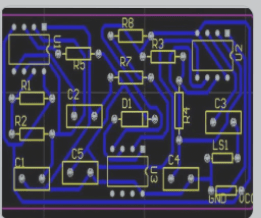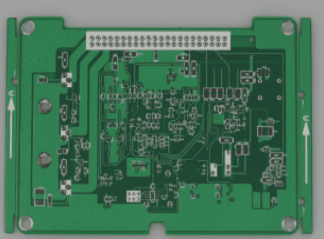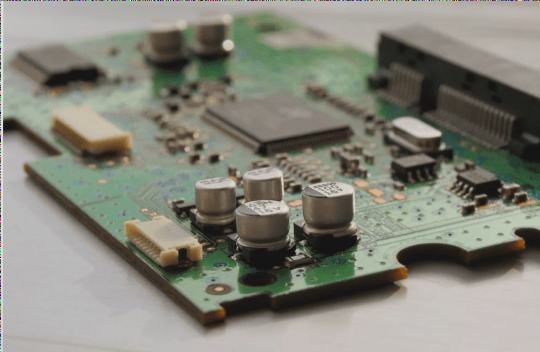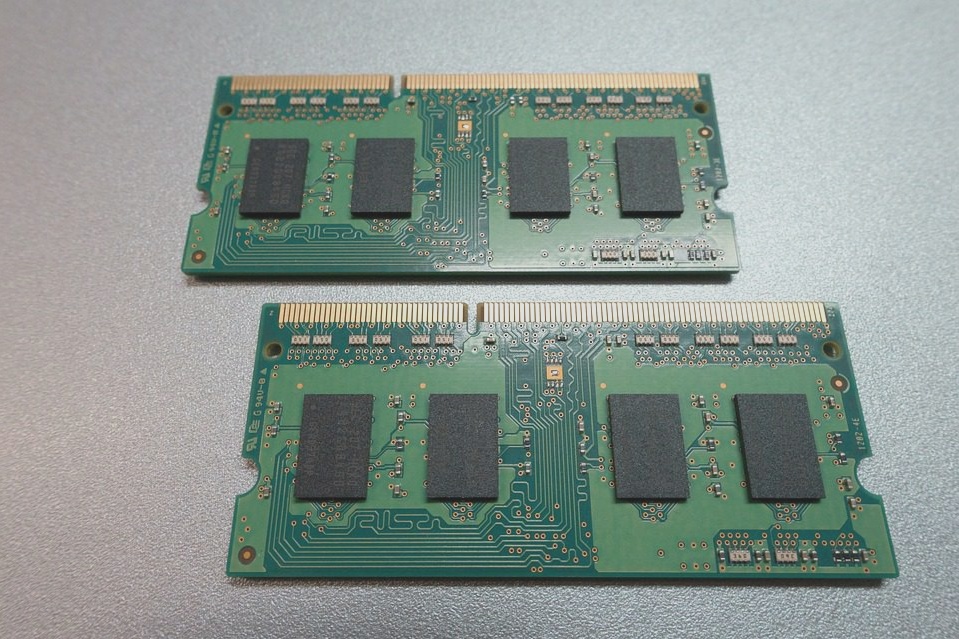The Evolution of Signal Integrity Analysis in High-Speed PCB Design
Traditional approaches to identifying signal integrity issues in high-speed PCB design have relied on hardware triggers and deep acquisition storage techniques. However, as circuit systems become faster and more complex, the limitations of oscilloscopes in pinpointing these problems have become more apparent.
With the introduction of new event localization technologies, the challenge of identifying signal integrity issues can now be significantly mitigated. This advanced event location system is poised to greatly assist PCB design engineers in quickly and efficiently addressing signal integrity issues.
Traditional vs. Innovative Methods
The traditional hardware trigger/deep acquisition storage method offers key advantages in identifying signal integrity issues:
- Continuous operation with no dead time
- Convenient configuration and data capture
- Effective for verifying designs
However, emerging technologies like event recognition software present a novel approach to pinpointing signal integrity issues:
- Simultaneous monitoring of multiple events
- Identification of recurring events
- Intuitive event navigation
- Detection of diverse events
- Rapid event identification
By combining PCB design software with event recognition systems, efficiency in identifying signal integrity issues is enhanced. Event recognition software complements traditional methods by offering a flexible and effective tool for addressing signal integrity challenges in electronic design.
The Future of Signal Integrity Analysis
As technology continues to advance and signal frequencies increase, event recognition software emerges as a crucial tool in the arsenal of PCB design engineers. Its ability to swiftly and accurately identify signal anomalies sets it apart as a valuable asset in ensuring the integrity of high-speed circuit systems.





